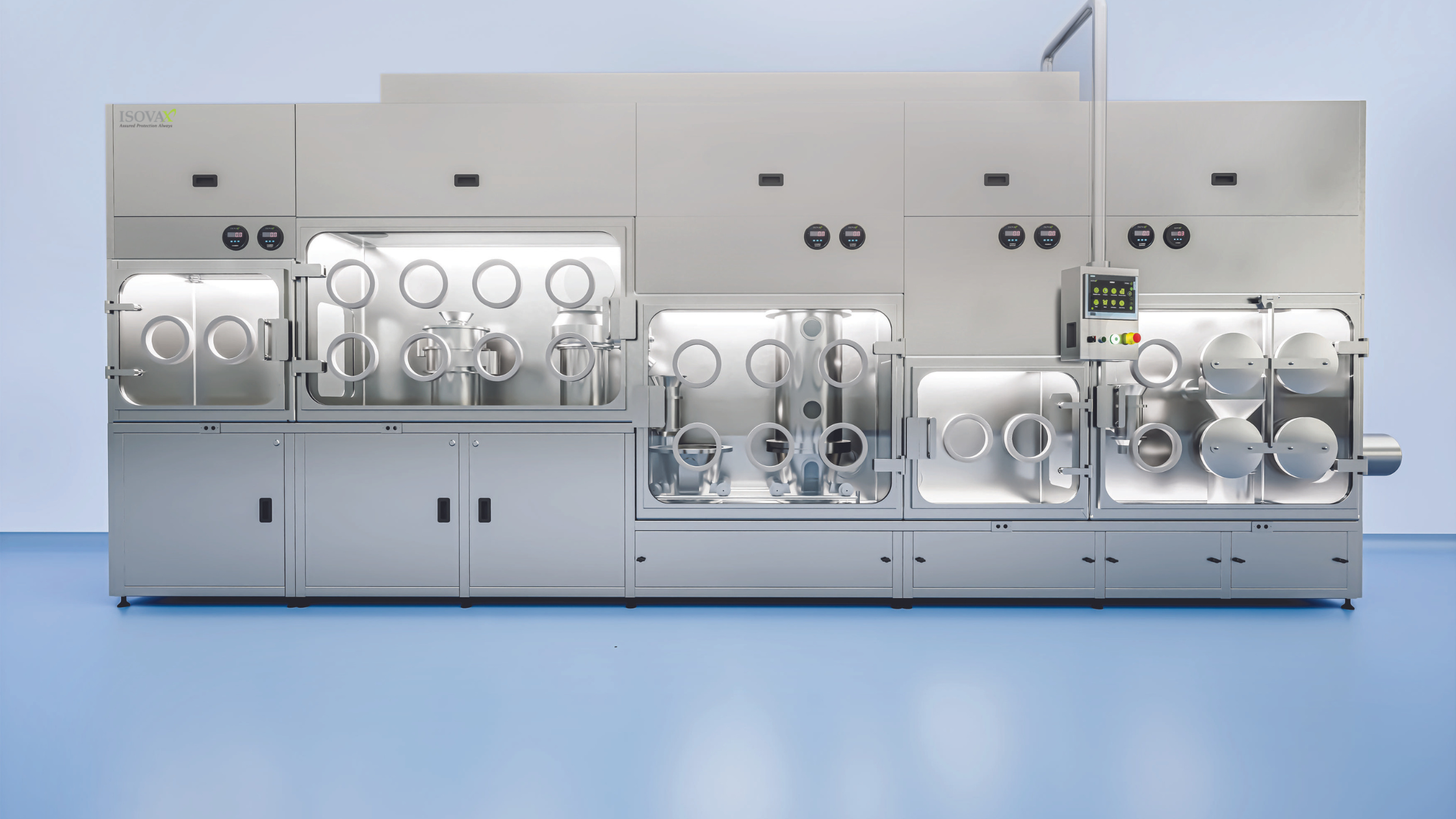
13 Jul Surrogate Monitoring Test for Containment Systems
The appropriate selection and operation of contained dust collecting equipment is crucial in pharmaceutical facilities for a variety of reasons, ranging from environmental compliance and employee health & safety to production cleanliness & efficiency.
Surrogate testing is a useful method for ensuring that the selected systems fulfill the containment requirements for the risks associated with the materials being handled as per the OEL levels.
Objective of Surrogate Testing:
The goal of containment performance testing is to show that a containment device can be used safely with the active pharmaceutical components for which it was intended.

Materials used in Surrogate Testing:
The surrogate test material is a powder, often a non-API powder or a low-toxicity API powder. It is used to imitate processes in the containment device with an adequate analytical limit of detection.
Lactose, mannitol, paracetamol, or sucrose are common surrogate testing materials. Analytical techniques with very low LOD (Limit of Detection) are available for all four of these compounds.
Lactose is extensively utilized as an excipient in solid oral dosage manufacturing facilities. Consequently, authorisation to enable its usage in GMP facilities is rarely an issue. However, because it is so frequently used, it can cause background contamination if not well handled.
Containment testing seeks to identify extremely low levels of surrogate material that may escape from the control device. Contamination will occur if the surrogate is already present in the test environment or if the surrogate to be utilized for the test is delivered in an uncontrolled way, and an airborne surrogate will be recognised, potentially interfering with the test findings. Following procedures should be done to lessen the risk of this happening;
- Determine if the surrogate was utilized in the area or the confinement device (e.g. if the test is a SAT (Site Acceptance Testing), the surrogate may have been present if a FAT (Factory Acceptance Testing) was performed).
- If contamination is detected, properly disinfect the area or containment device. There should be no visible particle in the area or inside the containment device.
- Arrange for limited access to the area during the testing and, if required, screen off the area to prevent airborne surrogates from entering.
- Ensure that the surrogate to be used for the test, including any necessary sub-division, is stored and handled in a separate and unconnected area (including room ventilation) by other personnel participating with the test (avoid contamination via clothing or PPE).
- To limit the chance of contaminating the test area, the surface of any containers containing the surrogate should be decontaminated and the containers doubly bagged.
- When there is a risk of clothing contamination during surrogate handling, a disposable suit should be worn.
Containment Performance Testing by Surrogate Monitoring:
To successfully evaluate the performance of a containment device during the processing of a surrogate material, the person performing the work must have a good understanding of the device and its intended use, as well as an understanding of the common problems that arise and the limitations of the testing methodology, such as:
- The contained operation
- The containment performance target
- The surrogate material
- Calculating the limit of detection
- Locating the air sampling devices
- Deciding where to collect wipe samples
- Task iterations
- Preparing the sampling plan
A guide on collecting Surrogate or API Containment Performance Samples:
Surrogate and API sampling, to evaluate containment performance, will frequently involve collecting sub-microgram amounts of material in the sample IOM cassette. It is consequently necessary to take precautions to guarantee that IOM cassettes are not contaminated with the surrogate or API.
Preparation Location:
Equipment calibration and sample preparation should be performed in a clean, separate, and contamination-free area from the test area. When handling sample cassettes, the industrial hygienist should use disposable gloves that are replaced on a regular basis. IOM cassettes should be labeled with unique identities ahead of time. Caps removed from sample cassettes should be put in a zip-lock bag. Before bringing sample cassettes to the testing location, they should be capped.
Handling Samples:
Keep sample cassettes sealed until immediately before usage. Remove the caps with a clean glove and place them in a clean zip-lock bag. Sample cassettes should be capped with a clean glove and placed in a clean zip-lock bag at the conclusion of the run, not combined with unused cassettes. The storage and shipping conditions for samples pertaining to the surrogate should be followed.
Concluding the topic:
Surrogate testing allows pharmaceutical companies to verify if the equipment will fulfill specific rules and standards for a given project by providing significant performance information prior to installation. Surrogate testing is simulating an Active Pharmaceutical Ingredient (API) using a substitute or surrogate substance in order to validate the efficiency of dust containment methods for handling hazardous compounds. The test circumstances are intended to imitate workplace activities as nearly as feasible without incurring the expense or health risks associated with actual API handling.
To know more about Surrogate Monitoring tests connect with us at sales@isovax.in.


Sorry, the comment form is closed at this time.